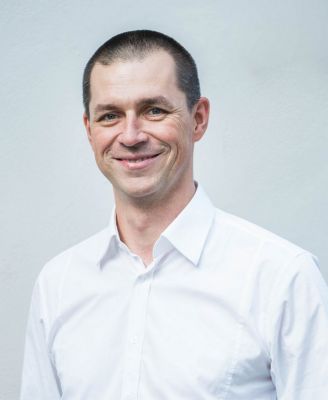Division of Solid State Physics, Department of Structure Analysis, Institute of Physics of the Czech Academy of Sciences, Cukrovarnická, Na Slovance 1999/2, 182 21 Prague 8, Czechia.
palat@fzu.cz
Short bio: Lukas Palatinus studied mineralogy and geochemistry at the Charles University in Prague. During his PhD. at the University of Bayreuth, Germany, he focused on the crystallographic analysis of modulated structures. Later, during the post-doc stay at the EPFL, Lausanne, Switzerland, he developed the program Superflip for the solution of the crystallographic phase problem for periodic and aperiodic crystals, using the iterative dual space algorithms.
Since 2009, Dr. Palatinus is the head of the group of electron crystallography at the Institute of Physics of the Czech Academy of Sciences in Prague. He and his co-workers are developing methods for crystal structure analysis from electron diffraction data, with the main focus is on the structure refinement from 3D electron diffraction using the dynamical diffraction theory.
Lecture 18: Lukas Palatinus
3D electron diffraction for charge density analysis:what are the challenges?
Lukas Palatinus
Division of Solid State Physics, Department of Structure Analysis, Institute of Physics of the Czech Academy of Sciences, Cukrovarnická, Na Slovance 1999/2, 182 21 Prague 8, Czechia.
palat@fzu.cz
Abstract: Three-dimensional electron diffraction has made an immense progress since its conception 15 years ago. From first stages, when a mere structure solution was considered a success, it progressed to the stage of providing detailed structural information including hydrogen positions or partial atomic occupancies. However, the quality of the fit to the experimental data is typically still lower than what is achievable by x-ray diffraction techniques. However, obtaining information about charge density distribution requires an extremely good quality of the fit. The lecture will discuss the basics of the method, the challenges that need to be addressed to improve the accuracy needed for successful charge density study, and provide examples that demonstrate that charge density studies by 3D ED are becoming reality.


